Plus, why do you need one in the first place?
So, you are thinking about having a wedding rehearsal.
Most people think they don’t need one but, the truth is, the majority of people really do need a wedding rehearsal.
Wedding rehearsals are important. I am going to tell you why AND give you my best advice for having a quick and painless rehearsal that will make the actual ceremony a breeze.
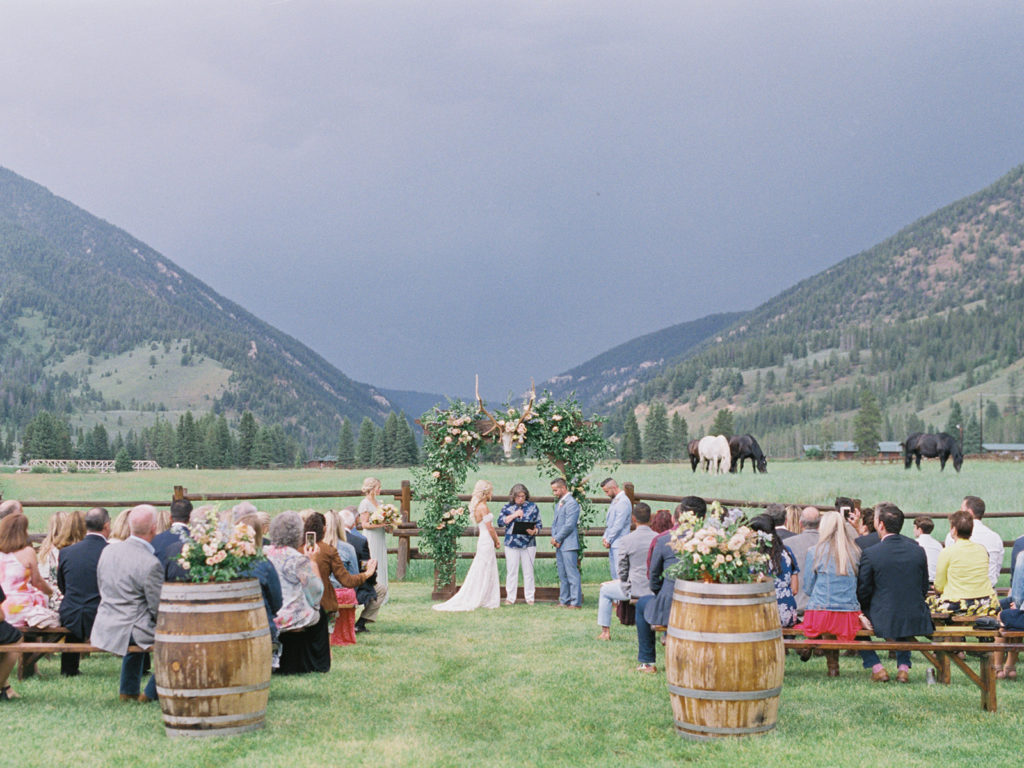
What Is a Wedding Rehearsal and Why Is It Important?
A wedding rehearsal is simply that: a rehearsal for the actual wedding.
I get so many comments before rehearsals like, “I’ve been in a wedding before” or, “All you have to do is walk in a straight line.” But, the truth is, that the rehearsal is the best way to make sure everyone who is in the wedding is on the same page and knows what they are doing. It’s how you make that sure the ceremony goes without hiccups.
During the rehearsal, we will go over the order of the processional, the timing of when you start walking, and where exactly you walk to. We will go over what happens during the ceremony and answer any last-minute questions. The goal is to make you feel confident and to avoid any last-minute confusion.
Ironically, at almost every wedding where the wedding party is questioning having a rehearsal, they almost all ask to walk through it again. Why? Because rehearsals are truly so helpful. You’ll regret it if you don’t have one.
How to Have a Quick and Painless Wedding Rehearsal
Ok, so I’ve convinced you to have a wedding rehearsal.
Great.
Now what? Just how do you make the rehearsal as quick and painless as possible?
Here are my top five pro-tips for making your wedding rehearsal quick and painless.
1 – Order is Everything
Figure out who is walking down the aisle with who before the wedding rehearsal starts—and have it all written down before the rehearsal starts.
Ask yourself these questions:
- Who will be walking down the aisle together and in what order?
- Are the parents and grandparents walking down the aisle? Who is walking them down?
- Do you have any ushers? When will they sit? How are you having them seat guests (on specific sides or arranging guests, evenly)?
- Is there anyone else special that you want in the processional?
Think through how you envision the entire processional and write it all down before the wedding rehearsal begins.
And remember, less is more. The less people you have walking down the aisle, the more seamless your ceremony will go and the less chance for mishap.
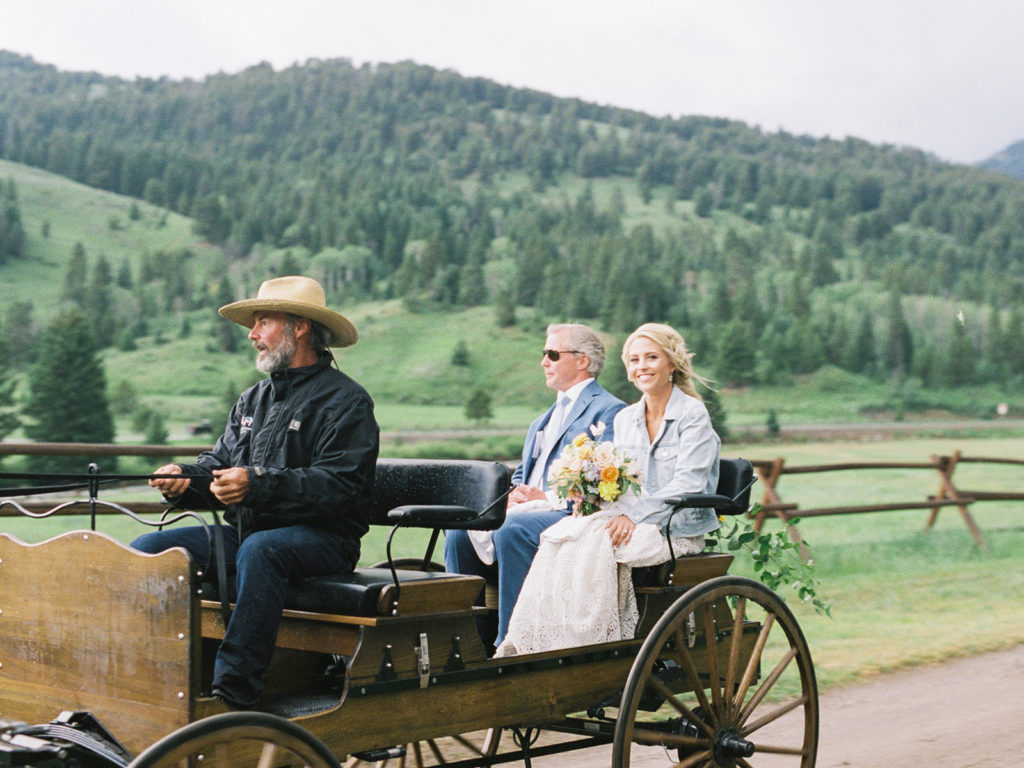
The general order of the processional is as follows:
1 – Family sits first.
2 – Groom makes his entrance next, either with both parents, mother, or with the groomsmen. He can also walk in from the side with the officiant or the groomsmen. The processional song starts when the groom enters the ceremony.
3 – Bridesmaids enter next. When entering, the bridesmaid who is standing farthest from the bride will enter first. The maid, or matron, of honor will enter last. Sometimes the bridesmaids walk in alone, sometimes they will walk in with groomsmen. It is all up to your discretion.
4 – Flower girls and ring bearers walk in after the bridesmaids and before the bride.
5 – Finally, the bride enters. She can walk with her mom and dad, just dad, just mom with another special family member, or by herself. There is no wrong or right way to do this, just make sure you have decided how you want to do this before the ceremony.
Now, if you are having a same-sex wedding, just know that the same “rules” and suggestions apply. I generally see one person leading the processional and one walking down the aisle at the end. I have also seen people walking down the aisle together. The day is yours to do as you would like. These are merely suggestions on the traditional ways that ceremonies can be organized… but, truly, buck tradition if you want. I’m always up for that.
Remember: anything goes, as long as you have a well-thought-out plan.

2 – Start at the End
Working your wedding rehearsal backwards gives people a better vision of where they need to be during the ceremony, so I always start by placing everyone where they need to be during the ceremony.
Once you have everyone lined up, have them exit as they would during the ceremony and then start the wedding rehearsal over from the beginning, running it through in its entirety once more.
3. Make Sure Your Processional and Recessional Are Correctly Timed
Processional Timing: Always space out the entrance march in a way that feels natural and not rushed. A lot depends on how long your aisle is, but a general rule of thumb is to wait until the proceeding person is about 3/4 of the way down the aisle before the next person starts walking.
A rushed processional not only looks sloppy but, if the people are too close together, it can cause the photographer to miss people’s walk down the aisle.
Recessional Timing: After the couple exchanges their first married kiss, they will turn and walk back down the aisle (don’t forget to grab the flowers if the maid of honor is holding them). The maid of honor and the best man (or whoever is closest to the couple at the altar) will wait until the couple gets to the end of the aisle before they start walking. Each following couple will wait until the proceeding couple has gotten to the end of the aisle before starting to exit.
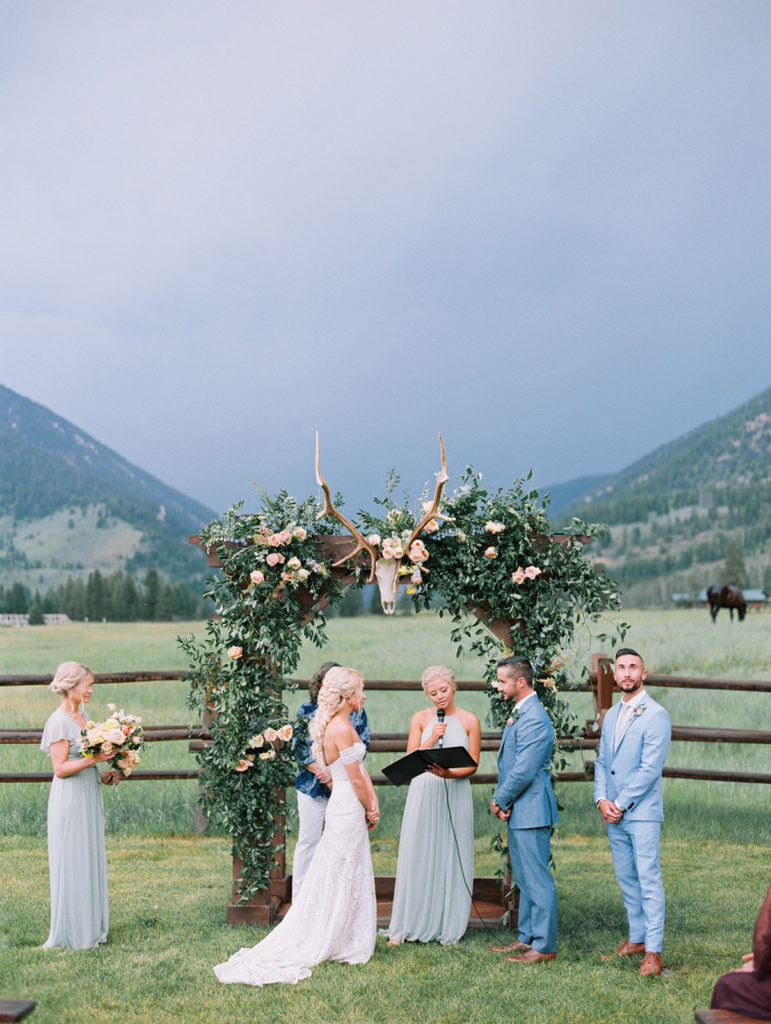
4. What Happens Next?
An important, and often overlooked, part of the rehearsal is deciding what happens right after the ceremony.
Your planner, your photographer, and the officiant all need to know what the next step will be.
Are your guests being dismissed to a cocktail hour? The officiant needs to know so that he can direct people.
Are you doing a group photo with everyone in attendance? The officiant, photographer, and planner all need to know so they are prepared and so that instructions can. becommunicated to your guests.
Does the family need to stay for photos? Your planner and photographer can help make sure that the right people stay.
5. Make Someone Be In Charge of the Wedding Rehearsal and Ceremony
If you have a planner, she or he should be the one in charge of the rehearsal but what if you don’t have a planner?
Make sure you designate someone trustworthy, organized, and authoritative to be in charge of the rehearsal and the ceremony both. It needs to be someone NOT in the wedding party and preferably not a family member who is walking down the aisle.
Ask them beforehand to run the rehearsal and the ceremony….. and then send them this blog to get them up to speed with what is expected.
This is the person—if you don’t have a planner—whom you will want to ask to cue people for when to walk down the aisle at the ceremony. Even with having a rehearsal, people’s nerves and excitement will sometimes get the best of them, causing them to walk out of turn. You most definitely need a point person.
Suggestions to Make at the Wedding Rehearsal
A wedding rehearsal is more than just a run-through on where to have everyone stand. It is also a great time to make sure all elements of your ceremony have come together as envisioned AND to give those dearest to you a few words of wisdom to keep things looking good.
1 – Music
Make sure you have communicated what music is to be played at different times during the ceremony. If you have a DJ, they probably won’t be at the wedding rehearsal BUT if you are having someone play music for you instead, try and have them at the rehearsal.
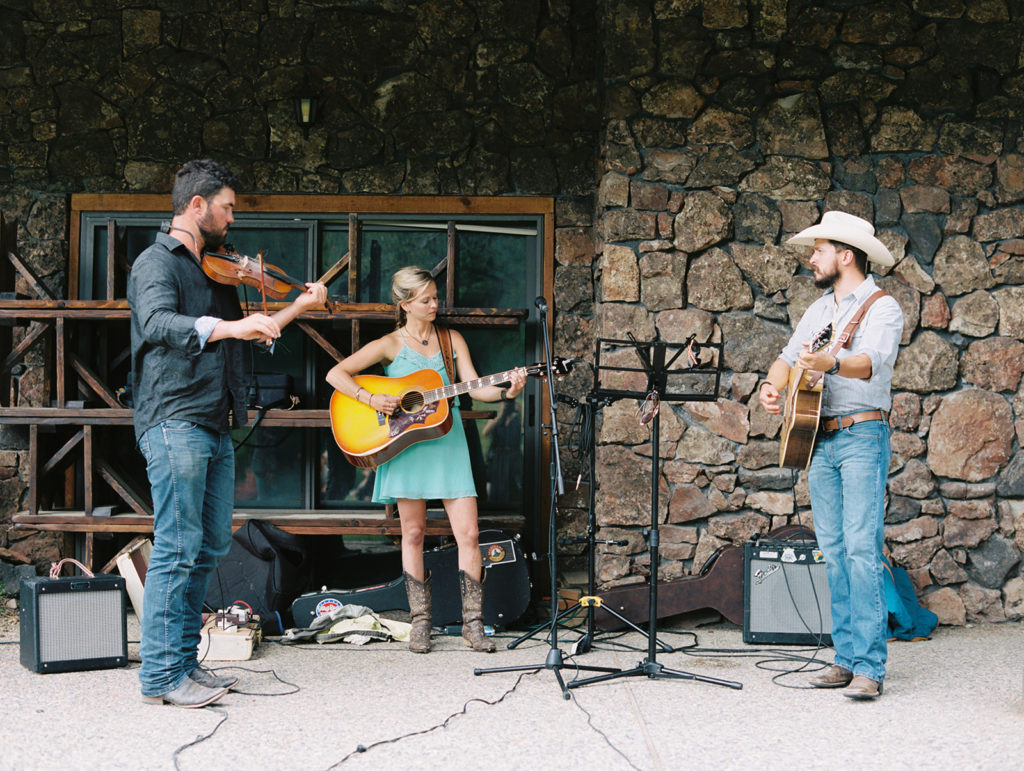
2. Walking
Reiterate with your wedding party and family to ALWAYS walk slower than is a bit comfortable. Walking slowly gives a little pomp to the circumstance and also gives the photographer ample opportunity to get photos.
And don’t forget to smile and look up—and not down at your feet the entire time!
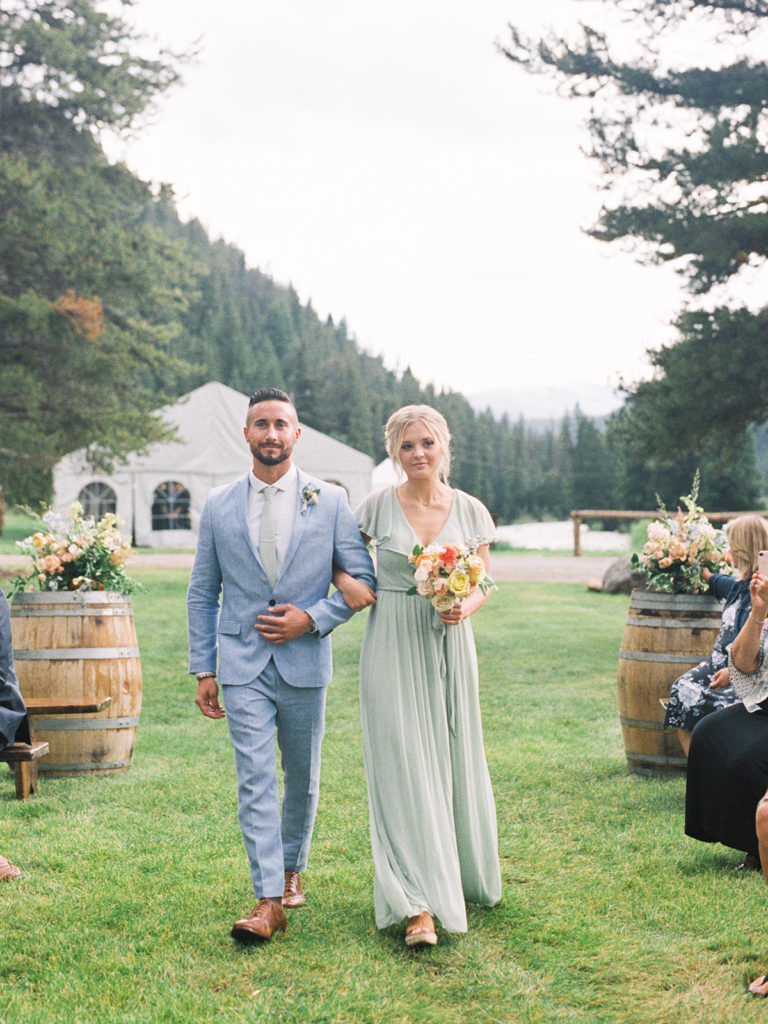
3. Those pesky hands
The wedding rehearsal is a great time to get everyone in agreeance with what to do with hands. For women, it is usually simply holding their flowers, but make sure that everyone is holding them at about the same height. The general rule of thumb is to have your thumb at navel height. Just don’t try and hide behind your flowers, please!
For men, most commonly, I see them standing with hands in front, crossed—either right over left, or left over right—it doesn’t matter as long as it is uniform. You can also have them stand with their hands behind their back – the decision is yours.
4. Take a Photo
So, as we talked about before, you should begin every rehearsal by lining the attendants up as they will be standing during the ceremony. This not only gives them a point of reference for the real deal, but it is a perfect time to make sure everything looks good for the photos.
I always take a photo with my phone once I have everyone at the altar to make sure it looks good for the photos (you’re welcome, photographers). Look to make sure everyone is spaced out appropriately and isn’t bunched up or too spread out. Also, look at the angle at which everyone is standing and see if it is uniform.
5. Don’t Pass Out
No, seriously, please don’t pass out.
I’m not joking when I say that this has happened.
Give your wedding party the simple instructions of breathing and making sure to have a slight bend in your knees. This should eliminate any potential, unwanted fainting spells.

Final Words on Wedding Rehearsal
So there you go—all you ever wanted to know about having a wedding rehearsal.
It really is key to having a seamless wedding and I have yet to see a wedding NOT benefit from one.
And remember, you don’t even have to do the rehearsal at the venue. You can always have the rehearsal elsewhere and then touch base quickly on where they will be standing during the ceremony.
Make it quick and to the point and it will make a WORLD of difference on your wedding day.
What do you think? Will you be having a wedding rehearsal? Drop a comment below and let me know.
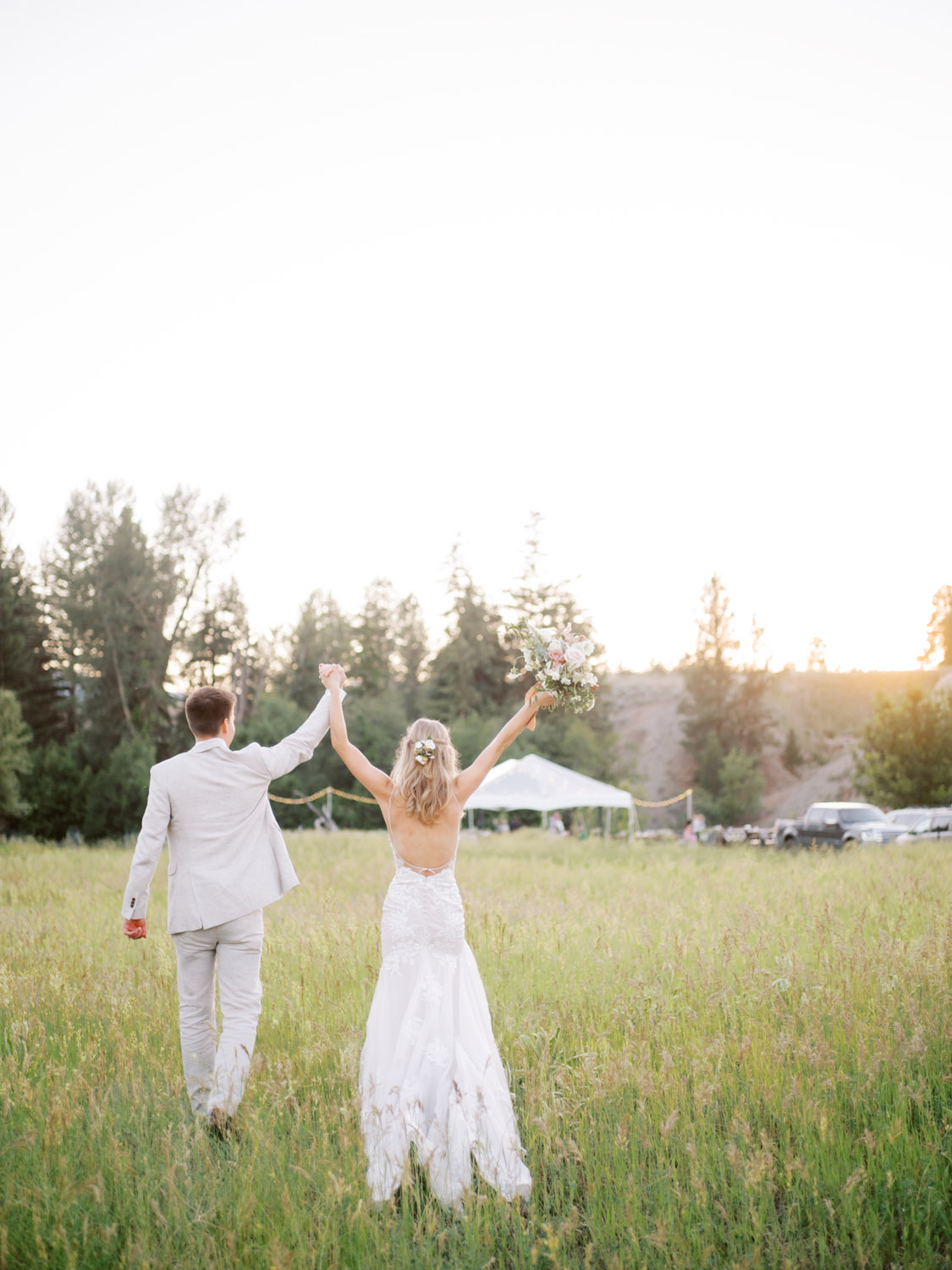
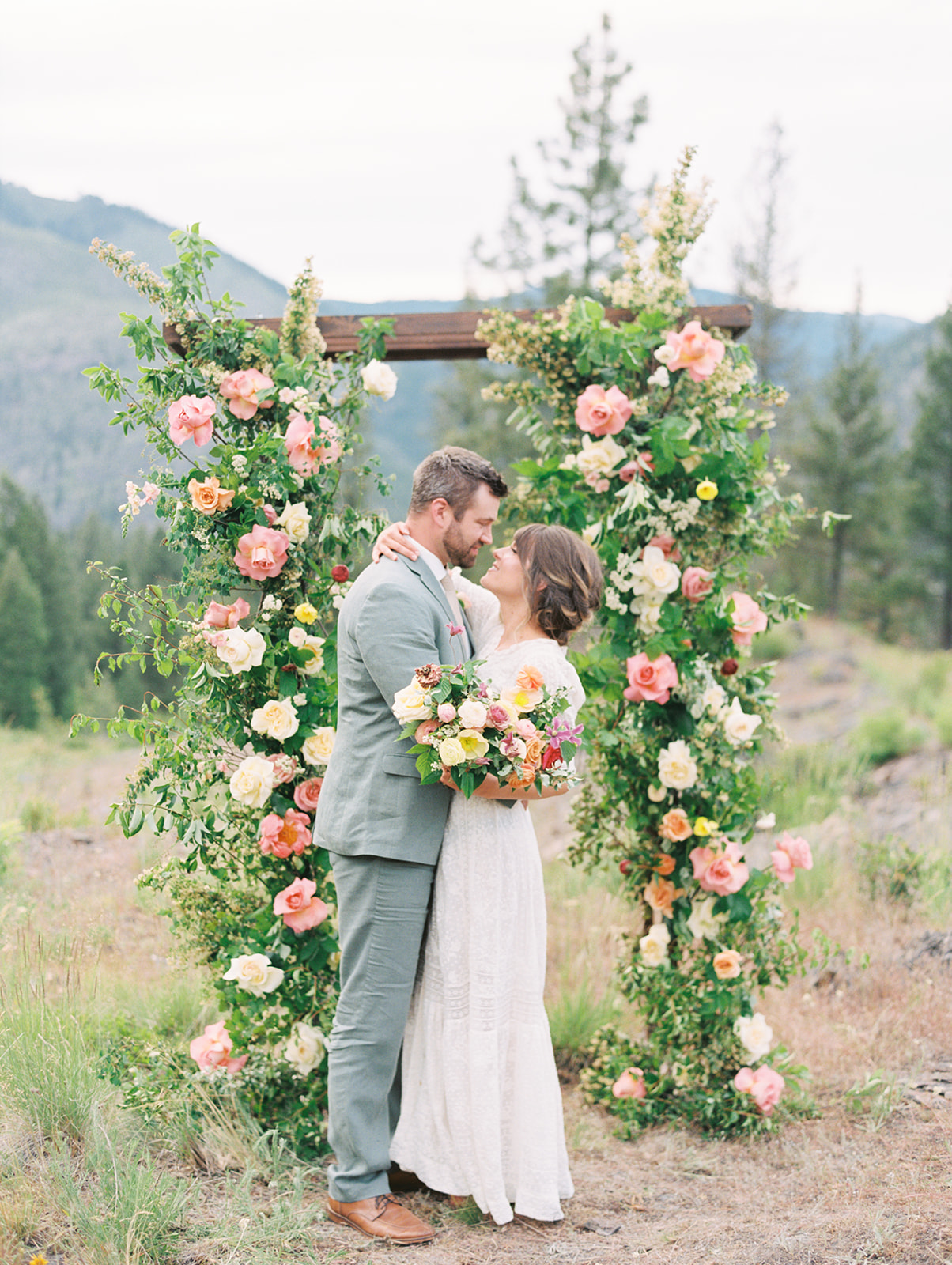

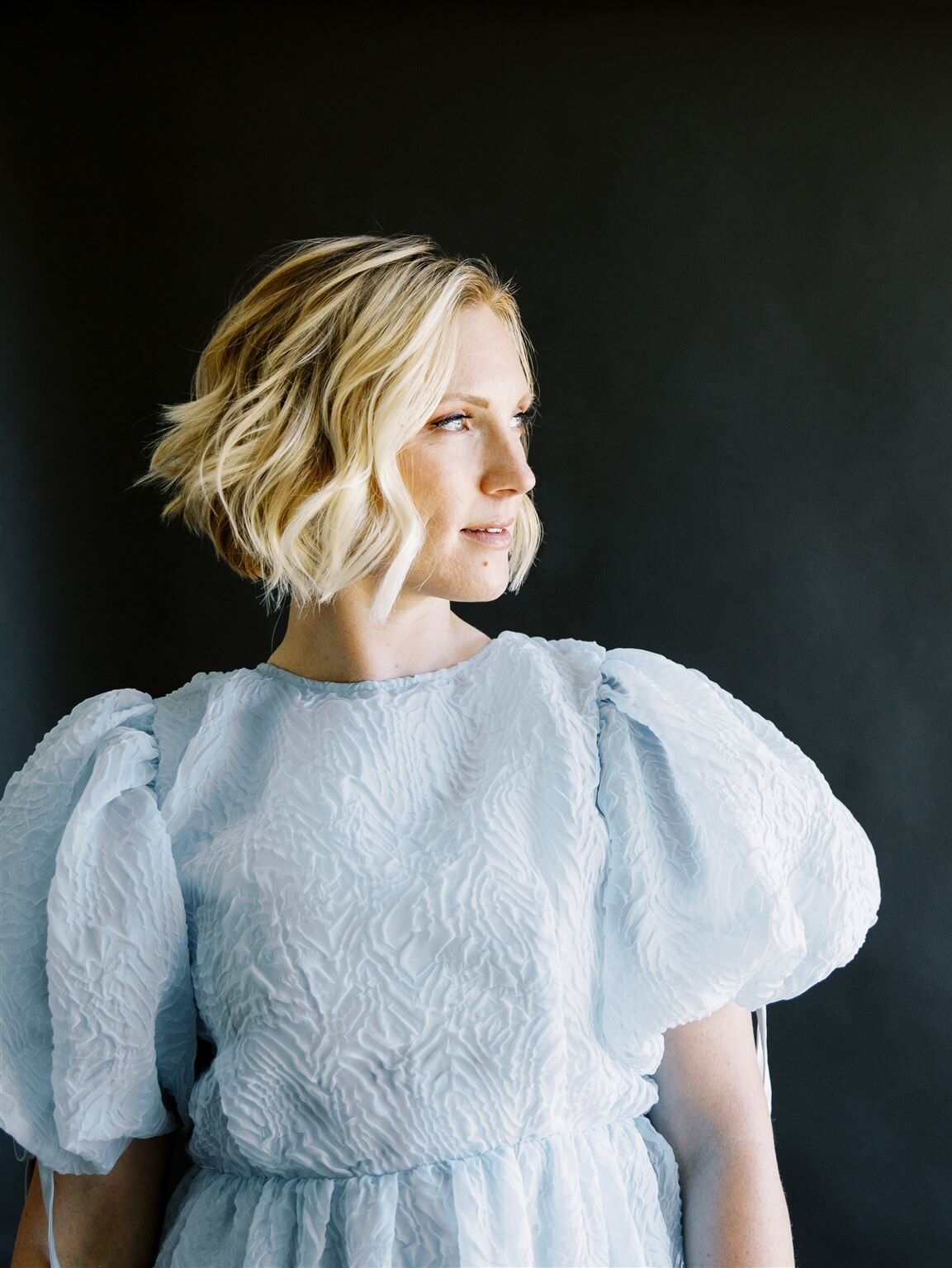
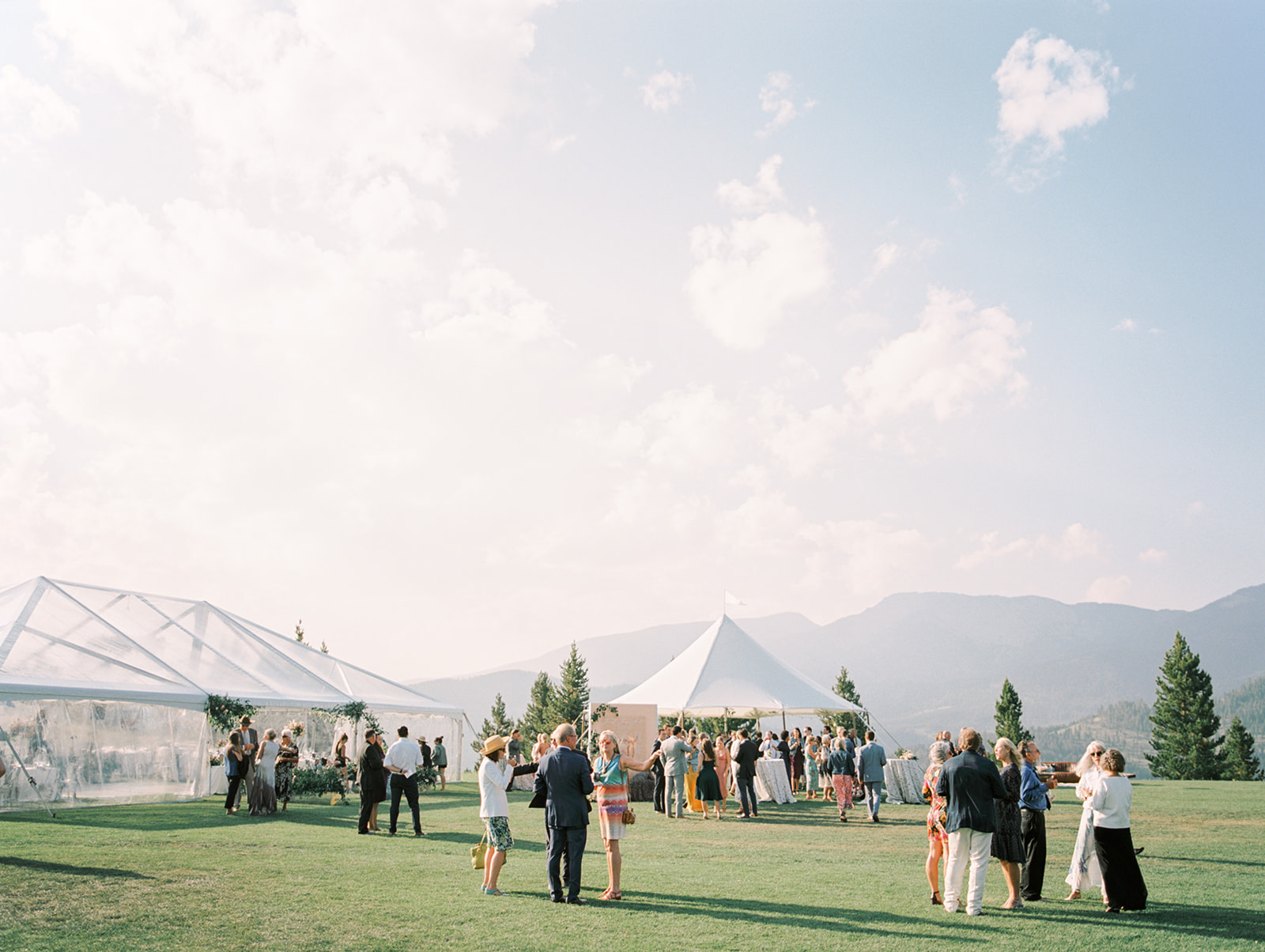
add a comment
+ COMMENTS